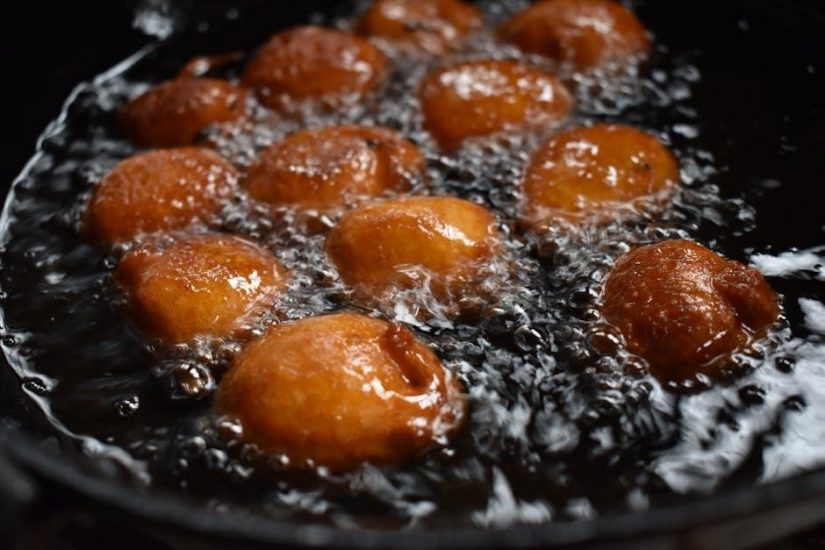Cooking with soda offers a versatile way to enhance flavors, tenderize meat, and create unique dishes. From dark sodas like cola to cream soda, its uses are endless.
What is Soda?
Soda refers to carbonated beverages made from water, sugar, and natural or artificial flavorings. Common types include cola, cream soda, and root beer. Baking soda, or sodium bicarbonate, is a separate ingredient used for its chemical properties in cooking, such as leavening and tenderizing. While drinking sodas add unique flavors to dishes, baking soda serves functional purposes in recipes, making it a versatile tool in both sweet and savory culinary creations.
Importance of Soda in Cooking
Soda plays a versatile role in cooking, enhancing flavors and textures. Dark sodas like cola and root beer add depth to marinades and BBQ sauces, while baking soda acts as a leavening agent. Soda’s acidity helps tenderize meats, and its carbonation enhances browning through the Maillard reaction. It also neutralizes acidity in dishes, balancing flavors. Whether used in savory recipes or baked goods, soda offers unique culinary benefits, making it a valuable ingredient for both home cooks and professional chefs seeking to elevate their creations.
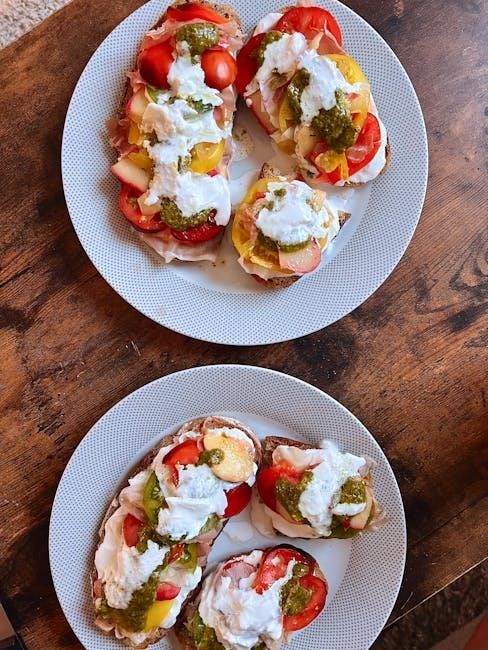
Benefits of Using Soda in Cooking
Soda enhances flavor, tenderizes meat, and promotes browning. It neutralizes acidity, balances tastes, and adds unique twists to both sweet and savory dishes, boosting culinary creativity effortlessly.
Tenderizing Meat with Soda
Soda is a surprising yet effective tenderizer for meat. The acidity in dark sodas like cola breaks down proteins, making tough cuts juicy and tender. Simply marinate the meat in soda for 30 minutes to an hour before cooking. This method works particularly well for grilled or roasted dishes, ensuring a softer texture. The carbonation enhances the breakdown process, while the sweetness adds depth to the flavor. It’s a quick and easy technique to achieve tender, flavorful results without hours of preparation.
Enhancing Flavors Through Carbonation
Carbonation in soda adds a unique dimension to cooking by enhancing flavors. The fizzy quality introduces a tangy, refreshing note to dishes, balancing sweetness and acidity. Dark sodas like cola or root beer infuse rich, caramel-like flavors, while cream soda pairs well with desserts. The carbonation also aids in the Maillard reaction, promoting browning and intensifying flavors. This makes soda a versatile ingredient for marinades, sauces, and baked goods, offering a subtle yet impactful way to elevate both sweet and savory recipes.
Promoting Browning with Soda
Baking soda plays a key role in promoting browning in cooking through its alkaline properties. It accelerates the Maillard reaction, a chemical process that enhances the golden-brown color and rich flavors in foods. When used in recipes like pancakes or bread, baking soda helps create a crispy, caramelized crust. Similarly, in seared meats or roasted vegetables, it enhances the formation of a flavorful, browned exterior. This makes baking soda an essential ingredient for achieving that perfect, appetizing color in various dishes.
Chemistry of Baking Soda
Baking soda, or sodium bicarbonate, is a alkaline compound that reacts with acids to release carbon dioxide gas, enabling leavening and browning in cooking and cleaning applications.
How Baking Soda Works
Baking soda, or sodium bicarbonate, reacts with acidic ingredients or heat to release carbon dioxide gas, causing dough or batter to rise. This reaction is fundamental in baking, creating light, airy textures in cakes, cookies, and bread. When mixed with water, it forms a paste used for cleaning or neutralizing odors. In cooking, it tenderizes meats by breaking down proteins and enhances browning through the Maillard reaction. Its versatility extends beyond baking, making it a valuable tool in both culinary and household applications. Proper measurement is key to achieving desired results.
Differences Between Baking Soda and Baking Powder
Baking soda and baking powder are both leavening agents but differ in composition and use. Baking soda is pure sodium bicarbonate, requiring an acidic ingredient to activate. Baking powder contains baking soda plus an acid (cream of tartar) and a moisture absorber (starch), allowing it to work without additional acids. Baking soda has a stronger, more immediate reaction, while baking powder releases gas more slowly. Using the wrong one can alter a recipe’s outcome, making it essential to choose based on the recipe’s requirements and desired texture in baked goods.
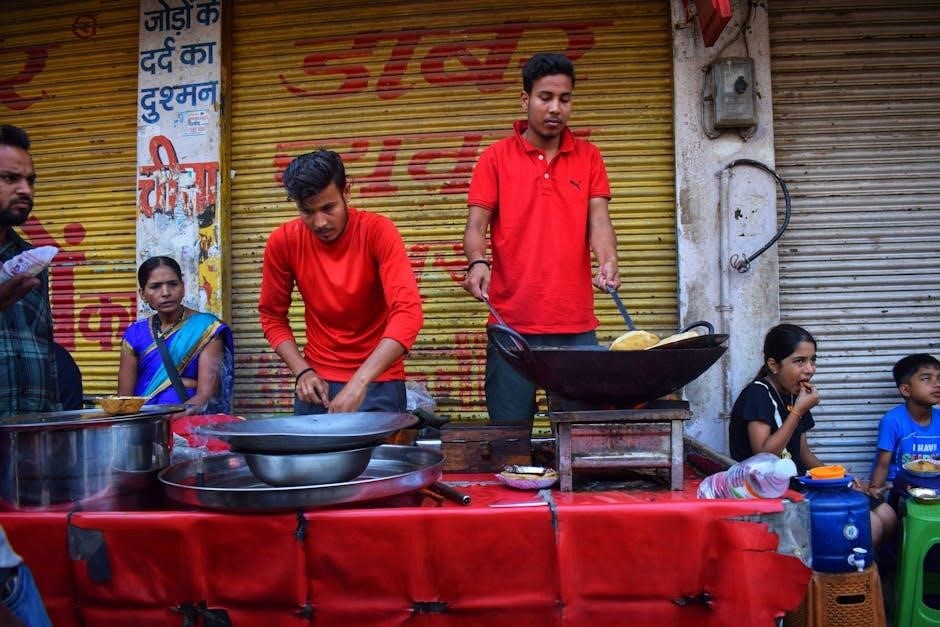
Essential Tips for Using Baking Soda
- Store baking soda in a cool, dry place to maintain its effectiveness.
- Use the correct measurements, as excess can leave a bitter taste.
- Separate cooking and refrigerator baking soda to avoid odor absorption.
Proper Storage of Baking Soda
To maintain the effectiveness of baking soda, store it in a cool, dry place away from moisture and strong odors. Use an airtight container to prevent absorption of smells from other foods. Keep it separate from refrigerator baking soda to avoid cross-contamination of odors. Replace baking soda every 6–12 months to ensure optimal performance in cooking and cleaning tasks. Proper storage ensures it remains a reliable ingredient for tenderizing meat and enhancing flavors in your recipes.
Correct Measurement Techniques
Accurate measurement of baking soda is crucial for optimal results in cooking. Use a digital scale or measuring spoons to ensure precision. Level off spoons with a straight edge to avoid excess. Scooping directly from the container can compact the powder, leading to overuse. For recipes, measure baking soda just before adding it to the mixture to maintain its reactivity. Proper measurement prevents bitter flavors and ensures the right chemical reactions, especially in baked goods and marinades. Always follow recipe guidelines for the best outcomes.
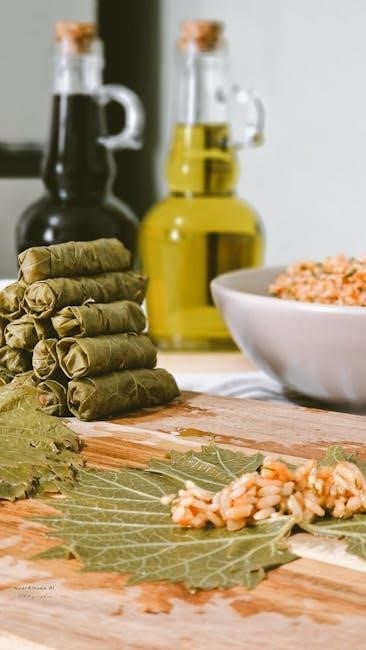
Popular Dark Soda Options for Cooking
Dark sodas like Coca-Cola, Pepsi, and Dr Pepper add rich, deep flavors to dishes. Try cream soda for sweetness or root beer for a unique twist in recipes.
Coca-Cola in Cooking
Coca-Cola adds a unique twist to various dishes, enhancing flavors with its sweet, tangy profile. It’s ideal for BBQ sauces, marinades, and braising meats, creating tender results. Use it to caramelize onions or glaze ham for a rich, sticky texture. Coca-Cola also pairs well in desserts like Coca-Cola bundt cake, offering depth and moisture. Its acidity helps break down connective tissues in meat, making it a versatile ingredient for both sweet and savory recipes. Experiment with it to elevate your culinary creations effortlessly!
Pepsi and Dr Pepper in Recipes
Pepsi and Dr Pepper bring distinctive flavors to cooking, with Pepsi’s sweeter notes and Dr Pepper’s complex blend. Use Pepsi in BBQ sauces or as a meat marinade for tender results. Dr Pepper’s unique flavor enhances sauces and glazes, adding depth to dishes. Both sodas work well in desserts like cakes and brownies, adding moisture and richness. They can also be used to braise meats or caramelize onions, creating bold, unforgettable flavors. Experiment with these sodas to add a unique twist to your recipes and elevate your cooking to the next level easily.
Cooking with soda unlocks culinary creativity, offering versatile ways to enhance flavors, tenderize meats, and create unique dishes. From BBQ sauces to desserts, soda adds a special touch.
What is Soda and Its Role in Cooking
Soda, a carbonated beverage, plays a surprising role in cooking by tenderizing meats, enhancing flavors, and creating unique textures. Dark sodas like cola add depth to BBQ sauces and marinades, while cream soda or root beer can sweeten desserts. Baking soda, a type of sodium bicarbonate, acts as a leavening agent, aiding in dough rise and neutralizing acidity in recipes. Its versatility makes soda a valuable ingredient for both sweet and savory dishes, transforming everyday meals into culinary delights with its fizzy, flavorful touch.
Benefits of Using Soda
Soda adds fizz and unique flavors, making it versatile in cooking. It enhances textures, tenderizes meats, and creates vibrant flavors in both sweet and savory dishes effortlessly.
Tenderizing Meat and Enhancing Flavor
Soda is a surprising ally in tenderizing meat and boosting flavor. Dark sodas like cola or root beer contain acidity that breaks down proteins, making meat tender. The carbonation helps penetrate deep into fibers, ensuring even softening. Additionally, the caramel notes in these sodas add a rich, depthful flavor. For best results, marinate meat in soda for several hours or overnight. This technique works wonders for tougher cuts, transforming them into juicy, flavorful dishes. Experiment with different sodas to find the perfect balance of tenderness and taste for your recipes.
Baking soda, or sodium bicarbonate, is an alkali that reacts with acids to produce carbon dioxide gas, enabling it to act as a leavening agent, promoting a light texture in baked goods and enhancing cooking processes.
How Baking Soda Reacts in Cooking
Baking soda reacts with acidic ingredients like buttermilk or yogurt to release carbon dioxide gas, causing dough or batter to rise. This reaction is crucial for creating light, fluffy textures in baked goods. When exposed to heat, baking soda decomposes, further enhancing the release of gas and promoting browning through the Maillard reaction. Proper balance is essential to avoid a soapy taste, making precise measurements key in achieving desired results. This reaction is fundamental in both sweet and savory dishes, offering versatility in cooking applications.
Store baking soda in a cool, dry place to maintain its effectiveness. Use separate containers for cooking and refrigerator odor control. Always measure accurately for best results.
Storage and Measurement Tips
Store baking soda in a cool, dry place to preserve its effectiveness. Keep it away from moisture and odors. Use separate containers for cooking and refrigerator odor control. For accurate measurements, use a digital scale or measuring spoons. Too much baking soda can leave a bitter taste, so measure carefully. Replace baking soda every 6-12 months for optimal potency. Proper storage and precise measurement ensure the best results in your recipes.
Popular Dark Soda Options
Coca-Cola, Pepsi, and Dr Pepper are popular dark sodas used in cooking. Other options include cream soda, root beer, and specialty sodas for unique flavors.
Coca-Cola, Pepsi, and Dr Pepper in Cooking
Coca-Cola, Pepsi, and Dr Pepper are popular dark sodas used in cooking to add rich, deep flavors. Coca-Cola is often used in BBQ sauces and as a marinade for meats, while Pepsi and Dr Pepper can enhance desserts and braising liquids. These sodas act as tenderizers, breaking down meat fibers, and their sweetness balances savory notes. They also add a unique twist to recipes like glazed ham or spice rubs. Experimenting with these sodas can elevate dishes, offering a flavorful and moist result in both sweet and savory creations.

Creative Recipes Using Soda
From cola-glazed ham to root beer BBQ sauce, soda adds unique twists to dishes. Try cream soda creme brûlée or ginger ale poached pears for a sweet surprise.
Main Dishes and Desserts
Cooking with soda allows for incredible creativity in both main dishes and desserts. For savory meals, try cola-glazed ham or root beer BBQ sauce, which infuse rich, deep flavors. In desserts, cream soda creme brûlée offers a sweet twist, while ginger ale poached pears provide a light, refreshing finish. Soda’s versatility enhances both sweet and savory recipes, making it a unique addition to your culinary repertoire. Its ability to balance flavors and add subtle fizz makes it a must-try ingredient for adventurous cooks seeking to elevate their dishes.
Using Soda in Baked Goods
Soda in baked goods enhances texture and flavor, famously seen in Irish Soda Bread. Baking soda reacts with acids to produce Carbon Dioxide, creating a light, airy texture.
Irish Soda Bread and More
Irish Soda Bread is a classic example of baking with soda, using buttermilk, flour, baking soda, and salt. The reaction between baking soda and buttermilk creates a light, airy texture. Beyond bread, soda is used in scones, pancakes, and desserts like soda cake and sherbet. It adds lift and a subtle tang, making it a versatile ingredient. Experimenting with soda in baked goods opens up a world of flavors and textures, from traditional treats to modern creations.
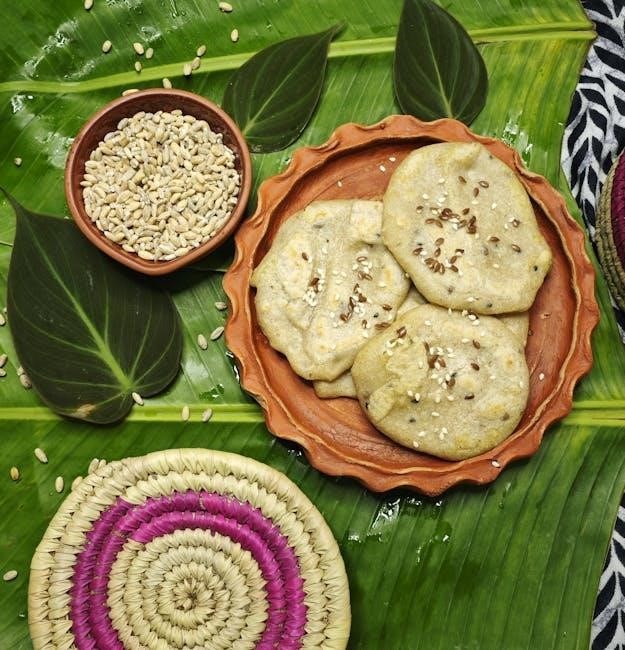
Advanced Techniques
Explore advanced methods like soda-based marinades, BBQ sauces, and meat tenderization. Soda enhances flavors and textures, offering creative ways to elevate dishes beyond basic recipes.
Marinades, BBQ Sauces, and Beyond
Soda adds depth and complexity to marinades and BBQ sauces, balancing sweet and savory flavors. Use cola for tenderizing meats or mix cream soda with spices for a unique glaze. Beyond sauces, soda can be incorporated into desserts like cakes or used to enhance fruit flavors in salads. Experiment with fizzy drinks to create refreshing dressings or elevate braising liquids for a richer taste. Soda’s versatility allows chefs to explore endless creative possibilities in both sweet and savory dishes, making it a dynamic ingredient in modern cuisine.
